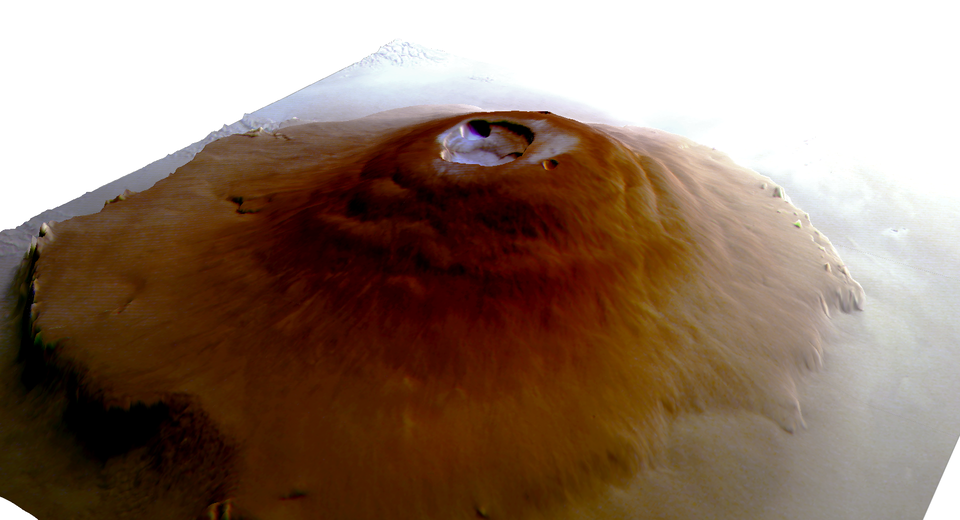Newswand: A team of Jananese astronomers has discovered mini-Neptunes around four red dwarfs, which are named TOI-782, TOI-1448, TOI-2120, and TOI-2406, using observations from a global network of ground-based telescopes with MuSCATs and the TESS space telescope.

These four mini-Neptunes are close to their parent stars, and the three of them are likely to be in eccentric orbits (TOI-782 b, TOI-2120 b, TOI-2406 b). These mini-Neptunes are not rocky planets like Earth but may be Neptune-like planets.
The team of astronomers, led by Yasunori Hori and Teruyuki Hirano from Astrobiology Center and Akihiko Fukui and Norio Narita from The University of Tokyo, has reported the discovery and follow-up of four short-period mini-Neptunes around red dwarfs older than one billion years.
At least three of these mini-Neptunes are likely to be in eccentric orbits. The fact that these mini-Neptunes have maintained non-zero eccentricities for billions of years after their birth suggests that they may not be rocky planets like Earth but Neptune-like planets that are less susceptible to tidal deformation. This study should provide a clue to the origins and elusive interior structures of mini-Neptunes.
Planets between the size of Earth and Uranus/Neptune, known as mini-Neptunes, are not found in our Solar System. However, mini-Neptunes are relatively common outside the Solar System and are promising targets for atmospheric characterization by the James Webb Space Telescope.
They have discovered four transiting short-period mini-Neptunes orbiting red dwarfs (TOI-782, TOI-1448, TOI-2120, and TOI-2406) through follow-up observations with ground-based telescopes with MuSCATs (a series of Multicolor Simultaneous Camera for studying Atmospheres of Transiting exoplanets. These mini-Neptunes have radii about 2-3 times that of Earth and orbital periods of less than eight days.
In addition, radial velocity measurements of their parent stars, obtained with the IRD (InfraRed Doppler) on the Subaru telescope, indicate that the upper limit on the masses of these four planets is less than 20 times the mass of Earth. The relationship between the measured radii and the upper mass limits of these mini-Neptunes suggests that they are not rocky planets like Earth. Their interiors likely contain volatiles such as icy materials like H2O and atmospheres.
The team found that at least three of these four mini-Neptunes (TOI-782 b, TOI-2120 b, TOI-2406 b) are likely to be in eccentric orbits. In general, the orbit of a short-period planet around a red dwarf should be circular due to tidal dissipation. However, three short-period mini-Neptunes around red dwarfs have maintained non-zero eccentricities for billions of years. One possible interpretation of this is that their interiors are not susceptible to tidal effects.
Short-period mini-Neptunes are promising targets for atmospheric observations with the James Webb Space Telescope. Further detailed follow-up observations are expected to improve understanding of the internal compositions and atmospheres of short-period mini-Neptunes.
…



